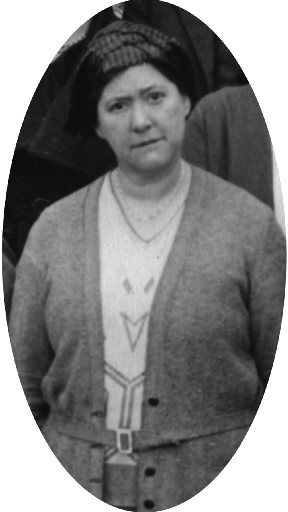Isabel Martin Lewis facts for kids
Quick facts for kids
Isabel Martin Lewis
|
|
|---|---|
 |
|
| Born | July 11, 1881 |
| Died | July 31, 1966 (aged 85) |
| Nationality | American |
| Alma mater | Cornell University |
| Scientific career | |
| Fields | Astronomy |
| Institutions | United States Naval Observatory |
Isabel Martin Lewis (born July 11, 1881 – died July 31, 1966) was an amazing American astronomer. She made history as the first woman hired as an assistant astronomer at the United States Naval Observatory. This was a big step for women in science! Isabel was also a member of important groups like the American Astronomical Society.
Contents
Early Life and Learning
Isabel Eleanor Martin was born on July 11, 1881, in Old Orchard Beach, Maine. She loved to learn and went to Cornell University. She earned her first degree in 1903. Then, in 1905, she got her master's degree, focusing on mathematics.
From 1905 to 1907, Isabel worked for a famous astronomer named Simon Newcomb. Her job was to be an "astronomical computer." This meant she did a lot of calculations for him. She worked with data from eclipses, which helped her a lot in her future work.
In 1908, Isabel started working at the Nautical Almanac Office. This office is part of the Naval Observatory. While she wasn't the very first woman to work there, she was the first to be hired as an assistant astronomer. At the office, she met Clifford Spencer Lewis, who was also an astronomer. They got married on December 4, 1912.
Making Science Fun for Everyone
After her son, Raymond Winslow Lewis, was born, Isabel worked part-time. She started a new mission: to make science exciting for everyone. She wanted to share the wonders of space with more people.
Isabel wrote three books and many articles. Starting in 1916, she wrote about astronomy and Earth science for a general audience. Her articles appeared in many newspapers and magazines. These included the New York Evening Sun and Science and Invention. For 30 years, she had a monthly column in Nature Magazine.
The editor of Electrical Experimenter praised Isabel. He said she was great at explaining difficult topics in a simple way. Her articles from the Sun became a book called Splendors of the Sky in 1919. Parts of her articles from Science and Invention were put into her book Astronomy for Young Folks. Isabel also gave talks on the radio and at schools and churches. She called her radio talks "News of the Stars."
Discoveries and Expeditions
Isabel went back to working full-time after her husband passed away in 1927. She was promoted to Assistant Scientist on October 1, 1927. Then, in 1930, she became an Astronomer.
Isabel was an expert in eclipses. She found a faster and more accurate way to figure out where an eclipse would be seen. She also improved how to predict occultations of the Moon. Occultations happen when the Moon passes in front of other celestial bodies. These events helped scientists study the Moon's orbit. Her new method for solar eclipses helped scientists understand the Earth's atmosphere better.
Isabel also went on exciting trips to see eclipses. In 1936, she traveled to Russia to see a solar eclipse of June 19, 1936. In 1937, she helped organize an expedition to Peru. They went to view, photograph, and broadcast the solar eclipse of June 8, 1937 by radio.
Isabel retired from the Naval Observatory in 1951. But she kept writing for newspapers and magazines until 1955. Her long career was very special for a woman in astronomy during that time.
See also
 In Spanish: Isabel Martin Lewis para niños
In Spanish: Isabel Martin Lewis para niños

